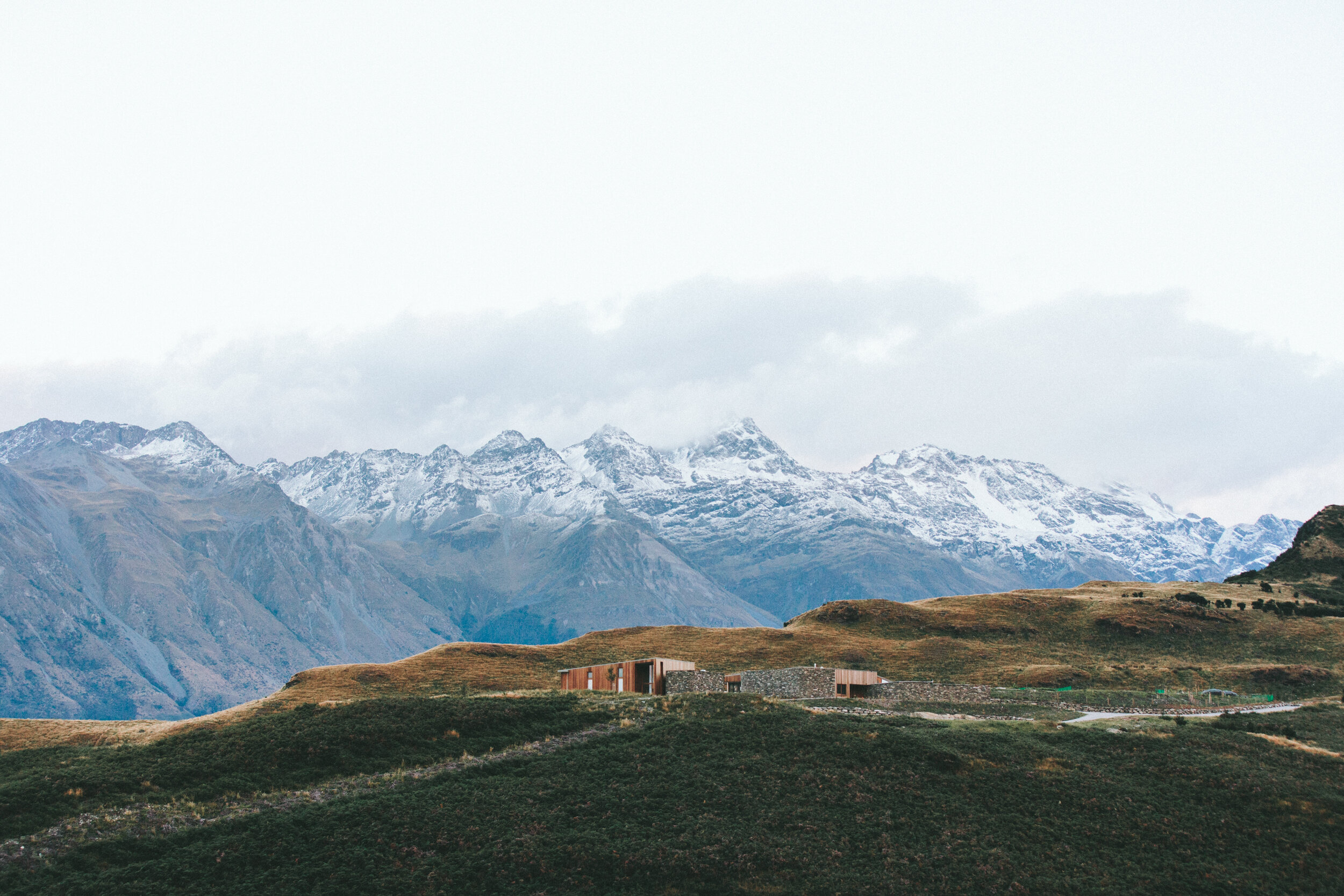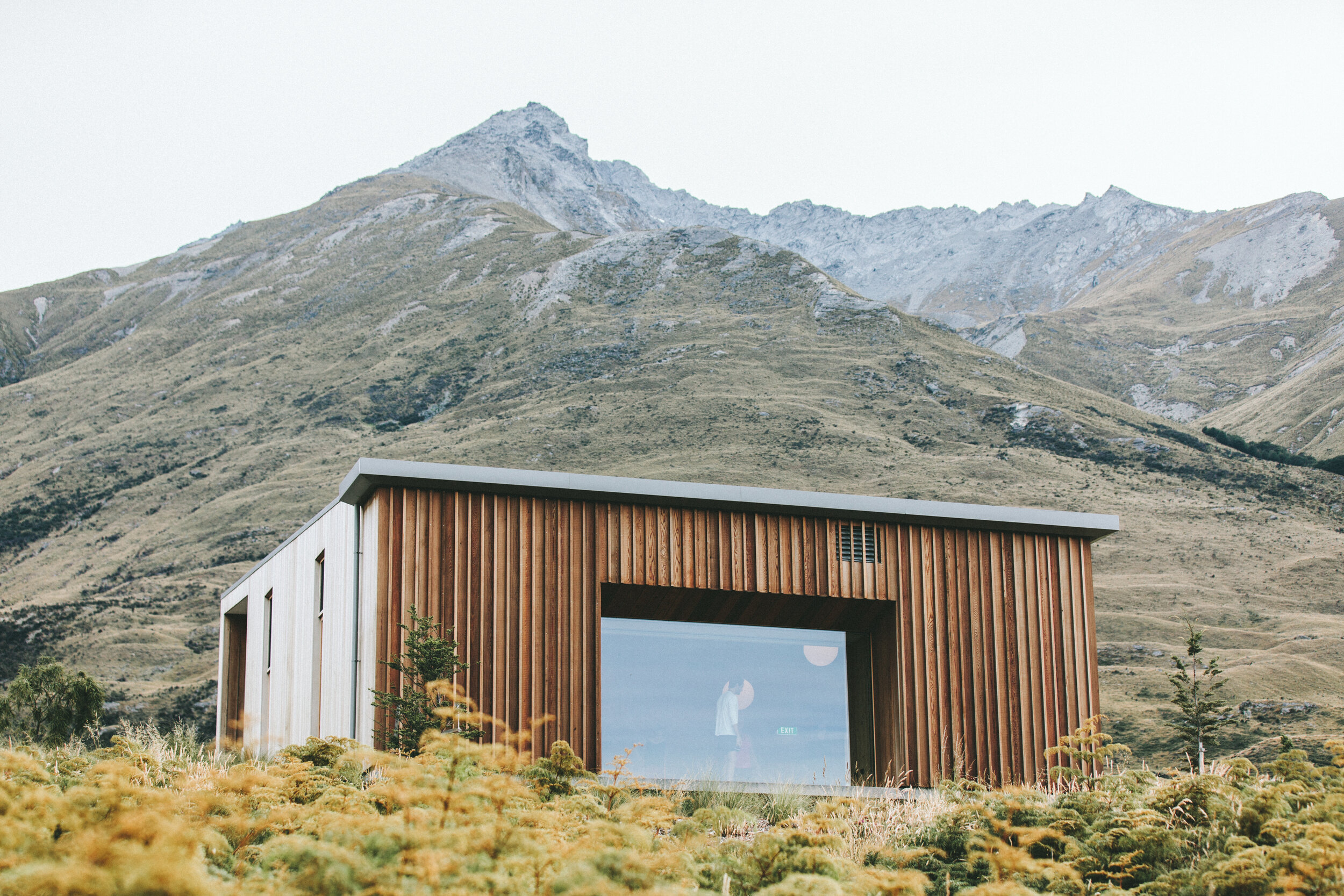Header
Sub Header
Write a quick overview of your project and its circumstances.
Who was the client? Or was it a bootcamp project? What was your role? Try listing your most important achievements and tasks! You can highlight some of your words to emphasize their importance.
Problem
Define the most significant problem you had to solve during this project! What goal did you set? Throughout your case study, you should refer back to this section to justify your design decisions.
Solution
Summarize the outcomes of the project! What changes were implemented and what was the impact of your design? You don’t need to go into detail yet! Just give a snippet of your achievements.
Tools
Miro
Figma
Axure
Team
1 UX designer
6 developers
1 project manager
My Role
UX design
UX research
Workshop facilitator
Timeline
Overall: 8+ weeks
Discovery & Research: 2+ weeks
Design & testing: 6 weeks
My Design Solution
First Step
Second Step
Third Step
Fourth Step
Fifth Step
Sixth Step
Interviews
Together with the team, we prepared an interview script with 32 open-ended questions, focusing on our target audiences’ values, motivations, and daily routines. In 4 days, I recruited and interviewed 7 users remotely. We referenced the user interview findings throughout the entire design process.
What objectives influenced your questions?
How many users did you interview?
What were the main insights from the interviews?
How did you use your findings?
Surveys
After the project kickoff, we defined our research strategy and objectives. Understanding the target audience and their challenges were our priority. First, we built an online survey and shared it in various relevant communities. In just a few days, we received 18 submissions. Based on these, we identified 5 common pain points, which lead us to the next step.
What type of surveys did you use? (e.g.: open-ended, multiple-choice, ordinal scale)
How many people have filled out the survey?
What conclusions did you draw from the answers?
How did you apply your findings throughout the project?
Caption
User Insights from the Survey
Personas
We created 4 personas for each of our user segments. They were based on user interviews and surveys, and we kept updating them throughout the project as we gathered more data. We used these personas whenever we wanted to step out of ourselves and reconsider our initial ideas.
Why did you decide that you need personas?
What data did you use to build your personas?
What information did you specify for each persona?
How did the personas affect the design process?
At which stages of the design process did you reflect back on the personas?
User Journey
We sketched a current-state user journey map, to identify opportunities for improvement. We identified 2 unnecessary steps and potential dropoff points in the flow. By eliminating these from the new design, we ended up with a much faster checkout experience that contributed to conversion rates.
How and why did you choose which path/s to map?
How did you test and validate the map?
What did the journey mapping reveal?
What were the main pain points of the user?
What changed in the design due to user journey mapping?
User Journey
Sketches
My sketches were based on the initial user interviews, the business goal, and the heuristic evaluation. They each pointed to the fact that there were too many distractions in the flow. We came back to the sketches throughout the entire design process to make sure that we don’t lose sight of our primary goals and ideas.
What was the main purpose of your sketches? (e.g.: presenting, testing, brainstorming)
What information was the basis for your sketches?
If you made multiple versions what were their main differences?
Which version did you choose and why?
Explain the layout and arrangement of the elements!
How did your sketches help you move forward?
Caption
Wireframes
Using Figma, I translated my first sketches into low-fidelity wireframes. Then, I improved them by adding a few relevant stock images and copies provided by the marketing team. At this stage, the wireframes were defined enough for some user testing. Based on 4 tests, I’ve made a few alternations and moved on to creating high-fidelity prototypes.
Did you create high- or low-fidelity wireframes?
What tool did you use for wireframing?
Did you test with the wireframes? What were your findings?
How many iterations did you make?
Caption
Usability Testing
I created a fully-functional, high-fidelity prototype of the new flows using Axure. At the same time, we started recruiting subjects for the test who fit our criteria. We did 4 usability tests in the first round and 3 after iterating on the issues that we’ve identified:
issue 01
Your findings come here
What issue did you uncover through usability testing? How many times did this issue come up throughout the tests? How did the test subjects react to/describe this issue?
solution 01
Your solution idea comes here
What was the solution? How did you come up with the solution? How many times did you iterate on the design? How did you validate your solution?
Caption
UI Design
Once the usability issues were resolved, I moved on to design the final screens in Figma. My goal was to create a visual identity that’s aligned with the brand’s values and message, which is: “brand motto”. Also, I’ve checked the competition and took a deep dive into my catalog of references for inspiration.
What kind of visual style did you follow and why? (Fresh, corporate, dark, light?)
Did you follow any popular guidelines? (Material Design, iOS Styleguide, etc?)
What platforms and devices did you design for?
How does your final design reflect your learnings about your users?
Caption



Next Steps
01
How would you continue this project? Is there anything you would revisit in the final design? What advice would you give to the designer following you?
02
How would you continue this project? Is there anything you would revisit in the final design? What advice would you give to the designer following you?
03
How would you continue this project? Is there anything you would revisit in the final design? What advice would you give to the designer following you?
Learnings
What new hard skill, soft skill, trick, or tool did you learn throughout the project? Was there any design practice you’ve tried for the first time? How did this project contribute to your growth as a designer? Did you have any preconceptions that were crushed? What did you learn throughout this project that’s influencing the way you design?


















